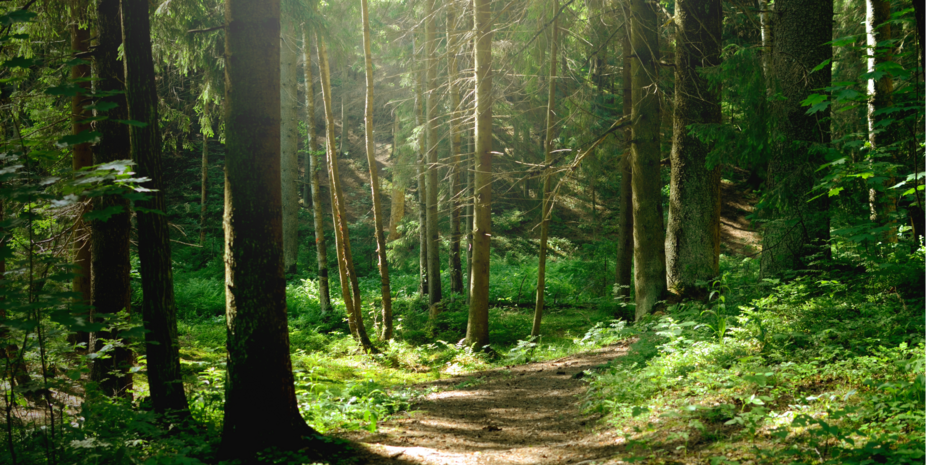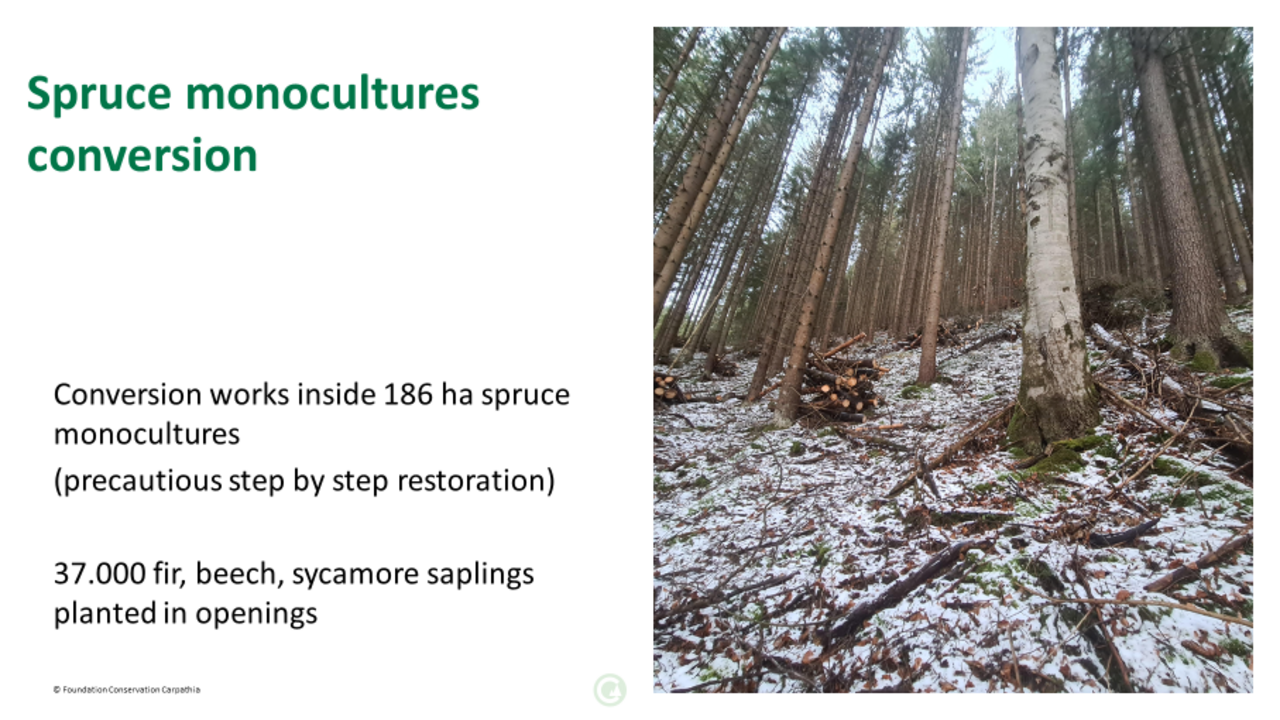
3.1 Translation from planners to implementation workers in the field

Forest revitalisation succeeds when strong planning meets effective implementation. Turning strategy into action — translating objectives into clear operational tasks — is critical to achieving your management goals.
To meet goals such as biodiversity recovery, climate-resilient forest creation, and hydrological restoration, field teams need precise, site-specific instructions. Forest managers, contractors, volunteers, and ecologists must know exactly what to do, where to act, and how to carry out tasks.
You should provide clear, practical tools rather than lengthy textual reports. Maps, tables, and mobile GIS applications allow your field teams to locate treatment zones, select tree species, and plan interventions with spatial precision. Some GIS platforms even offer GPS-based, real-time guidance.
Field implementation must be dynamic. Workers' feedback on the feasibility and outcomes of planned measures helps planners adjust actions and improve future strategies.
Think from the Field Worker’s Perspective
Effective communication starts by thinking from the field workers' viewpoint. Focus on the essential information they need, and choose methods that save time in the field. Several key principles support this approach:
- Keep Plans Visual and Simple: Create clear, graphic planting schemes to overcome potential language barriers and help navigation. Identify planting groups using species-specific colours and include all relevant details like tree species, planting patterns, and planting numbers. Round numbers where possible for easier memorisation. Use coloured sticks in the field to mark planting groups clearly.
- Offer Strong On-Site Guidance: Guide workers on-site, especially at the start of the project, to ensure quality and resolve issues quickly. Adjust the level of guidance to the complexity of the plan and the workers' experience. Conduct a final review at the end to confirm that all tasks have been completed as intended.
- Prepare for Challenging Condition: Communicate options for planting in difficult terrain, such as areas with a lot of deadwood or dense vegetation, before work begins. Never plant in unsafe conditions (e.g., near standing deadwood in windy weather) or where plants are unlikely to survive.
- Retain Experienced Workers: Keep workers involved throughout the project to build familiarity with the site and reduce mistakes. Where possible, retain experienced workers for future projects to benefit from their knowledge of the restoration approach.
- Educate and Empower: Train workers in the principles behind the restoration plan. Well-informed workers make better decisions on-site, reduce the need for supervision, and contribute to a more successful, efficient implementation.
A Dynamic Process
Implementing restoration plans requires more than just following a script. It demands clear communication, practical tools, strong field leadership, and a willingness to adapt based on feedback. By actively supporting and empowering field workers, planners can turn restoration visions into real, resilient forests.
Related resources
Restoration Knowledge Base
Database of different types of resources to support forest restoration practitioners across Europe. It compiles technical guidelines, textbooks, and scientific articles and reviews that provide guidance on specific restoration practices.
Step-wise spruce monoculture conversion towards natural forest types
During the communist period, many hectares of coniferous trees, especially spruce, were planted in Romania to replace natural beech and mixed forests. These interventions caused multiple ecological imbalances including severe decrease of biodiversity, lack of long term stability, changes in water regime and many other side effects. Conversion requires multiple interventions through gradually reducing the density of the stand and, through planting or natural regeneration, bringing the composition of the stands closer to the natural forest type.
- Active Restoration
- Implementation
- Monitoring & Projecting
- Landowners & Practitioners
- Planners & Implementers
- Policy Actors
- Climate change mitigation
- Connectivity and landscape diversity
- Restoration after direct human impact
- Risk mitigation and disturbance prevention
- Structural diversity
- Tree species/functional diversity
- Alpine
- Romania




